Burial Records
The Society attempts to chronicle the history and development of the Lower Merion region. History is a collection of biographies of those who preceded us. To better identify these ancestors, the Society has compiled a listing of more than 15,500 burial records from some of the older burial grounds in the region.
Search Burial Records
This might sound like a straightforward project, but each cemetery has site specific problems that require detailed research. For example, since many of the older burial grounds share lost or incomplete burial records, our researchers had to visit each burial ground and record from the headstone the name and dates. In some cases, due to years of wear, the inscriptions were faint and required a “rubbing” of the headstone to bring out the information. Some plots have no headstone. In these situations we have had to research secondary sources to determine who was buried where.
The Cemeteries
 Merion Meeting
Merion Meeting
Founded 1682
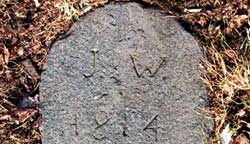 Old Haverford Meeting
Old Haverford Meeting
Founded 1683
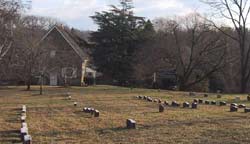 Radnor Meeting
Radnor Meeting
Founded 1693
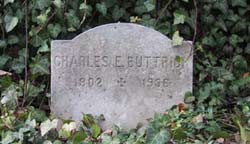 Haverford Meeting
Haverford Meeting
Founded 1827
 Llewellyn Family Cemetery
Llewellyn Family Cemetery
Founded early 1700s
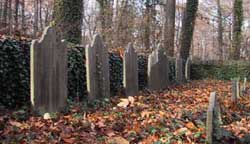 Harriton Cemetery
Harriton Cemetery
Founded 1719
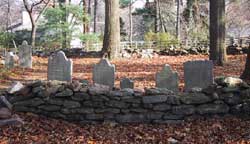 Bicking Family Cemetery
Bicking Family Cemetery
Founded 1782
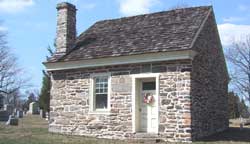 St. Paul’s Lutheran Cemetery
St. Paul’s Lutheran Cemetery
Founded 1765
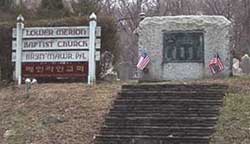 Lower Merion Baptist Church Cemetery
Lower Merion Baptist Church Cemetery
Founded 1811
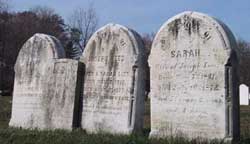 Gladwyne United Methodist Church Cemetery
Gladwyne United Methodist Church Cemetery
Founded 1830
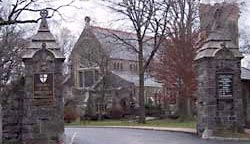 Church of the Redeemer Cemetery
Church of the Redeemer Cemetery
Founded 1879
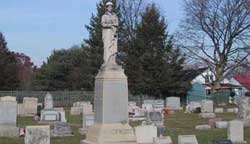 Independent Order of Odd Fellows Cemetery
Independent Order of Odd Fellows Cemetery
Founded 1885
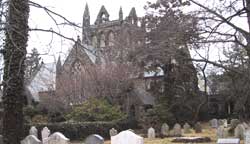 Church of St. Asaph
Church of St. Asaph
Founded 1885
 St. Christopher’s Church
St. Christopher’s Church
Founded 1950
Lower Merion’s burial sites can be divided into three time periods, each telling us a story of the area’s growth and development: the Ancient, the Church Affiliated, and the Suburban Park.
Ancient Burial Sites
These are the oldest sites. They are the Merion Meeting of the Religious Society of Friends (Quakers) (1682), and their surrounding neighbors, Old Haverford Meeting (1683), Radnor Meeting(1693), and Haverford Meeting (1827). Also included in this grouping are the small family cemeteries that belonged to the local plantation and business owners. The sites that can still be identified are the Llewellyn Family (early 1700’s), the Harrison Family (1719), and the Bicking Family (1782).
The Church Affiliated
As the name implies, these cemeteries are associated with a religious community. These are St. Paul’s Evangelical Lutheran (c. 1765), Lower Merion Baptist (1808), Gladwyne United Methodist (1830), Church of the Redeemer (1879), The Independent Order of Odd Fellows (mid-1880’s), Church of St. Asaph (1888), and St. Christopher’s (1950).
The Suburban Park
The Suburban Park was conceived in the late 19th century. During this period, cemeteries were pastoral locations outside urban areas, considered a peaceful and undisturbed resting place. Predominantly non-denominational, they were a place for the family to visit, to return to nature, to meditate and reflect. These are West Laurel Hill (1869), Merion Memorial Park (1888), Westminister(1893), Har Hazaitim (Har Hazaysim) (1896), and Calvary Cemetery (1945).
